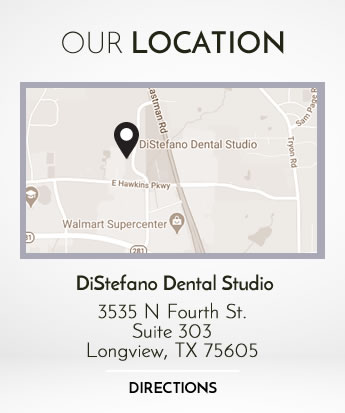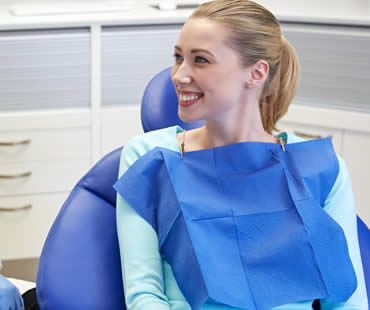
If root canal treatment has been recommended for you, you’re probably a little nervous. Maybe you’re a LOT nervous, but if you’re thinking about putting off your treatment, don’t. If you need root canal therapy, the underlying conditions that necessitate it will not go away left untreated. In fact, they’ll just get worse and worse over time, causing you more pain and discomfort and potentially leading to more serious complications.
If you don’t treat the infection in your tooth, it will spread. Beginning at your tooth’s roots, it will travel to your jawbone and eventually to your healthy teeth. Your entire jawbone can be put at risk. By treating your infection promptly with root canal therapy, your mouth can be free of infection and you will begin the process of healing.
Serious diseases like heart disease and diabetes have been directly linked to gum disease. During pregnancy, many problems including low birth weight and premature birth can occur as a direct result of infection and bacteria in the mouth. Several types of cancers have all been shown to have a link to poor overall oral health. The mouth is truly the pathway for everything that goes into the body, and if it’s providing a steady stream of bacteria and infection to be spread throughout your body, it’s extremely problematic.
Don’t worry about pain following your procedure. Root canal therapies are meant to relieve pain, not cause it. You’ll be surprised how much better you’ll feel after your mouth is infection-free.
If you ignore your infected tooth for long enough, it may either fall out on its own or need to be extracted. Missing teeth come with a long list of oral issues, including difficulties with bite alignment and speech only corrected with some kind of dental restoration.
Don’t wait to have your root canal treatment. Don’t open yourself up to the myriad of consequences that could result from postponing treatment.
We look forward to seeing you in our Longview dental office

Dental implants can last a lifetime with proper care. Like natural teeth, dental implants require vigilant oral care to maintain their usefulness and prevent problems. Once the implant has fused to the jaw bone, it is important to follow some general guidelines to ensure the continued success of your dental implant and restoration.
A condition known as peri-implantitis is a common cause of implant failure. This occurs when an accumulation of plaque leads to damage of the tissues and infection of the bone around the implant. While the implant itself is not susceptible to decay, if plaque is not removed with thorough brushing and flossing at least twice per day the resulting periodontal disease can lead to implant failure.
Your dental professional may also recommend the use of additional oral hygiene products such as special brushes or oral irrigation devices to aid in the removal of food debris and plaque around the areas of the implant supported restorations. Your dentist or hygienist can assist in teaching you to utilize these devices to improve your implant care.
Regular dental visits and examinations are vital to detect and prevent any issues that may present problems for your dental implants. Expect to visit your dentist every 3 months for the first year after implant placement, and then every six months for the life of your implants. Your dentist will also provide special care instructions if your implants are being used to support a removable denture. It is important to know how to place and remove the appliance without causing damage to either the denture or your implant.
Avoid applying excessive pressure or eating hard foods that could cause damage to the restoration and implant area. If you suffer from conditions like teeth grinding or clenching, discuss with your dentist the option of being fitted for a night guard to prevent the problems these habits can cause your implants. Taking excellent care of your oral health will help to ensure years of dental implant success.
If you live in the Longview area contact us today
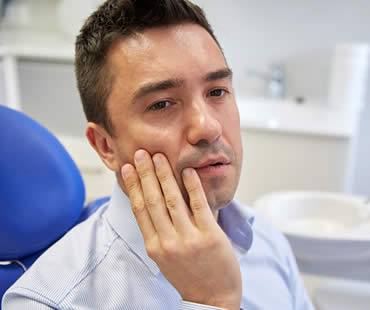
If you are about to undergo root canal treatment to save a compromised tooth, your oral surgeon or dentist will likely provide you with a list of aftercare instructions. It is vitally important that you follow these recommendations to avoid complications and ensure the success of your endodontic treatment.
There are a few tips you can follow to speed up your recovery time, promote healing, and prevent serious dental problems and infections following root canal treatment:
- Do not chew on the treated side of your mouth until all of the numbness from the anesthetic has worn off completely.
- To manage swelling, apply an ice pack or bag of frozen peas on the treated area for thirty minutes. Repeat once an hour for about fifteen minutes each time until swelling subsides.
- For several nights after treatment, keep your head elevated while sleeping.
- Gently rinse your mouth with warm salt water regularly for the first few days after root canal treatment.
- Refrain from smoking for a minimum of 24 hours and try to curb tobacco usage as much as possible during the healing period.
- Avoid strenuous physical activity or exercise for 48 hours after your root canal procedure.
Contact your dentist immediately if you experience any excessive swelling or pain, the appearance of a rash or hives, or a return of original symptoms. By listening to the recommendations of your dentist, and following these extra tips, you can assure yourself the best chance of a rapid and complication-free recovery from root canal treatment.
We look forward to seeing you in our Longview dental office
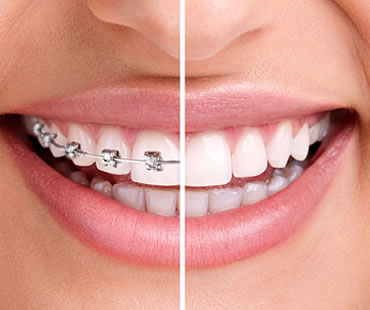
Nearly two million people worldwide have discovered Invisalign, the latest technology for improving smiles. Treatment involves wearing a series of customized clear plastic aligners to gently shift teeth into better positions. This revolutionary method is appealing to patients because it eliminates some of the aspects that people dislike about traditional orthodontic solutions.
Perhaps the most obvious benefit to Invisalign is that the aligners are invisible. The clear plastic makes the trays almost undetectable in your smile. This gives patients the confidence to smile throughout treatment instead of being embarrassed by a mouth full of metal.
You can remove your Invisalign aligners at any time. Although for best success they should be worn at least 20 hours per day, they should be removed while eating or performing oral hygiene tasks. This means that there are no diet restrictions during treatment, and maintenance is simple because it involves normal brushing and flossing.
Invisalign aligners are comfortable since there are no wires or brackets that might poke or tear your skin. They also are safer than some other orthodontic options when playing sports or other activities. Invisalign aligners gently move teeth so there is typically less pressure or pain during treatment than with traditional braces.
The aligners are customized for every patient to treat your specific issues. Different sets of aligners are provided for adults, adolescents and children, plus different sets are worn during each stage of straightening. This personalized solution means that treatment is very precise, and it is even created and monitored using special computer software to increase the accuracy of treatment. Also, many patients find that the duration of treatment is less for Invisalign. The average treatment time is often about one year, as long as you wear the aligners as recommended.
With all of the advantages that Invisalign offers, it’s easy to understand why it has become such a popular choice in orthodontic treatment. If you’re interested in seeing if Invisalign is right for you, schedule a consultation with a dental professional who is trained and qualified in providing this type of treatment.
Our dental office is located in Longview

If you suspect you have an infected tooth, you might wonder if root canal treatment might be in your future. Do you have another option? Yes! One such alternative has been in existence for decades, but has only recently come to be more effective due to advancements in materials. This process is called pulp capping.
Pulp capping can help patients whose root infections have not yet reached the tooth’s nerve. Root infections begin when bacteria enters the pulp of the tooth through a crack or a large cavity. In a standard root canal procedure, the pulp and nerve of the tooth is hollowed out, cleaned and sealed, typically with a crown restoration.
With pulp capping, the nerve is preserved and the tooth is often repaired with a filling instead of a crown. Pulp capping allows the dentist to clean and protect the pulp, defending it from infection with medicine. With a successful pulp cap, the dentin of the tooth begins to regrow over the pulp cap. Advancements in the sealants used during these types of procedures has allowed for a greater percentage of success.
If you have a toothache, it’s important to see your dentist immediately. Pulp capping has a narrow window in which it can be performed. If your tooth is too infected, the pulp and nerve of your tooth may already be infected, and it’s too late for pulp capping to be effective.
A pulp cap is a far less invasive procedure than a root canal treatment or a tooth extraction, and there is less recovery time and tooth sensitivity following the treatment.
If you suspect you may have a tooth in trouble, talk to your dentist now. You might be able to save yourself a root canal treatment.
If you need a dentist in Longview contact us today
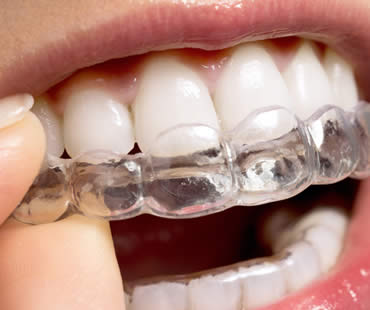
Feeling unhappy with your smile can leave you wondering how you can obtain a stylish new look. Instead of being turned off by traditional treatments like metal braces, consider the modern approach of Invisalign clear aligners.
This revolutionary treatment involves wearing clear plastic aligners made just for you to gently move your teeth into better positions. They are practically invisible and are removable for eating and cleaning. The smooth material makes them comfortable, and they do not have any bothersome metal brackets or wires.
If you are interested in Invisalign treatment, the first step is finding an orthodontist or dentist who provides this service. Not every professional is trained in this method, so look for a certified provider of Invisalign. Once you identify your choices, select the provider who is convenient, experienced and gives you confidence in your treatment.
Your initial appointment will allow the professional to examine your mouth to make sure you are a good candidate for Invisalign. Unless you have poor oral health or severe teeth problems, most people qualify for Invisalign. The doctor will then prepare a treatment plan to guide your case and create your aligners. An impression of your teeth, X-rays, and photos will be taken to help with the process. A 3-dimensional image will be developed to help with your treatment plan, and also to allow you to see how your teeth will improve at each stage of the process and provide a timeline.
Once your aligners are ready, you’ll begin wearing them for about two weeks at a time and then switch to a different set of aligners in the series your doctor gives you. A checkup at the office is required about every six weeks to monitor your progress and get more aligners in the series as needed. The process will continue until treatment is complete, often in about one year. Then you’ll be ready to show off your brand new smile thanks to Invisalign.
Our dental office is located in Longview








